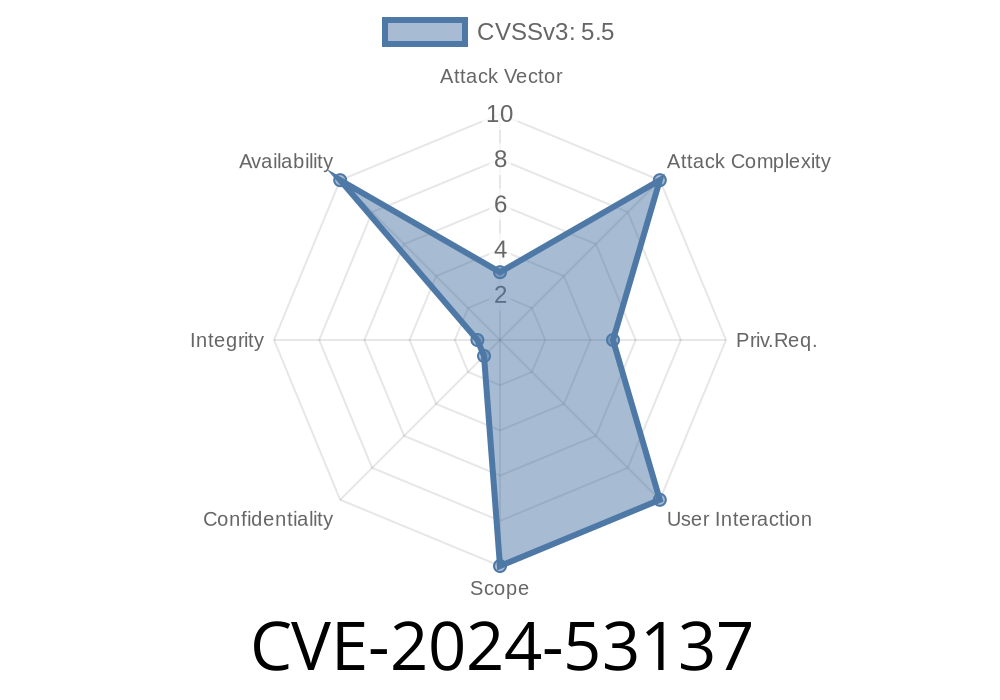Linux kernel is one of the most important parts of the operating systems based on the Linux platform. This enormous piece of software constantly evolves to provide better security, performance, and stability for users. However, vulnerabilities can sometimes slip through the cracks of this vast collection of code.
Today, we will look at a recent Linux kernel vulnerability identified as CVE-2024-53137. This vulnerability is found in the ARM architecture, specifically in the cacheflush system call that affects the Linux kernel. We will provide details of the vulnerability, its implications, and the fix that has been implemented to resolve it.
ARM: fix cacheflush with PAN
This vulnerability was introduced when the PAN (Privileged Access Never) feature for LPAE (Large Physical Address Extension) was implemented. The PAN feature is designed to prevent the Linux kernel from accessing user memory directly, providing an extra layer of security. However, this also broke the cacheflush system call, as user access was not enabled around the cache maintenance instructions, causing them to fault.
You can find the original references to this vulnerability at the following links
- Linux kernel stable tree
- Linux kernel mailing list
Code Snippet
The following code snippet highlights the fix implemented for the cacheflush system call in the ARM architecture:
#ifdef CONFIG_ARM_ERRATA_430973
dmb(ishst); /* ARM erratum 430973 */
#endif
+ uaccess_enable(); /* Enable user space access */
/* Drain the local pending queue */
while ((cmd = pending_list).pa != virt_to_phys(&pending_list))
execute_one(cmd);
+ uaccess_disable(); /* Disable user space access */
+end_strict_entry:
/* fallthrough */
This code snippet shows the addition of the "uaccess_enable()" and "uaccess_disable()" function calls around the cache maintenance instructions. These two function calls allow for user space access while the cacheflush system call is executing, thus resolving the fault issue.
The Exploit
An attacker might have potentially exploited this vulnerability by crafting malicious data structures that trigger faulting cacheflush system calls. This could lead to an escalation of privileges, where an attacker could gain unauthorized access to sensitive information or crash the targeted system, causing a denial of service (DoS) attack.
However, the exploit details remain unavailable, and no known instances of this vulnerability being exploited in the wild have been reported. The Linux kernel developers swiftly resolved the vulnerability, further reducing the chances of a successful exploit.
Conclusion
The Linux kernel is a vast and complex codebase, making it an attractive target for attackers seeking to exploit vulnerabilities. The CVE-2024-53137 vulnerability in the ARM architecture demonstrates the importance of continuous improvement and comprehensive testing in the Linux kernel project to protect users and maintain the highest level of security.
The fix for this vulnerability has already been pushed to the Linux kernel stable tree, and it is strongly recommended to update your Linux kernel if you are running the affected versions. As always, stay vigilant and keep your systems up-to-date to minimize exposure to potential exploits.
Timeline
Published on: 12/04/2024 15:15:13 UTC
Last modified on: 12/19/2024 09:40:06 UTC
